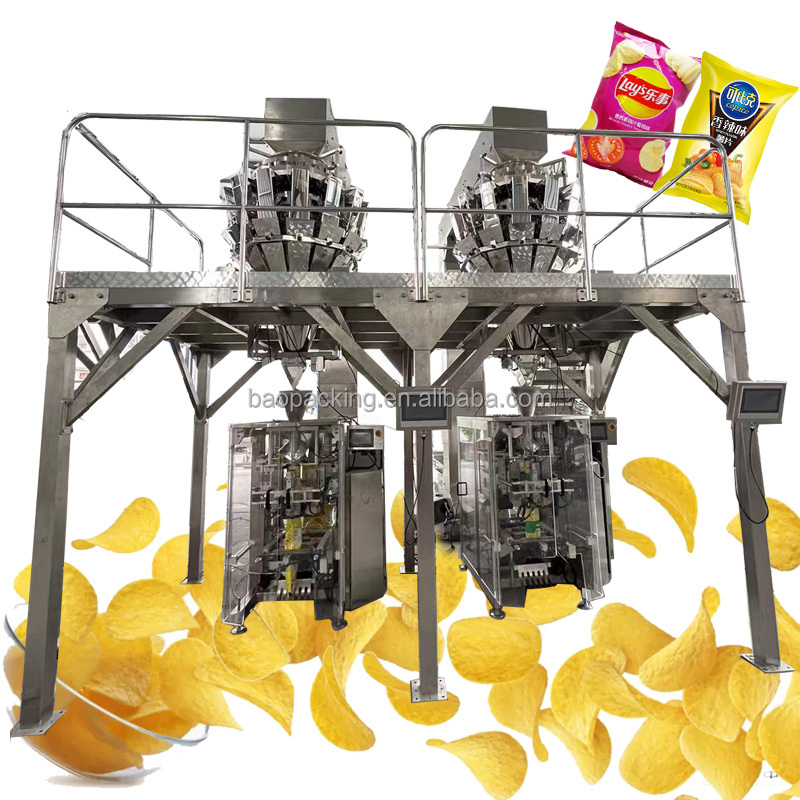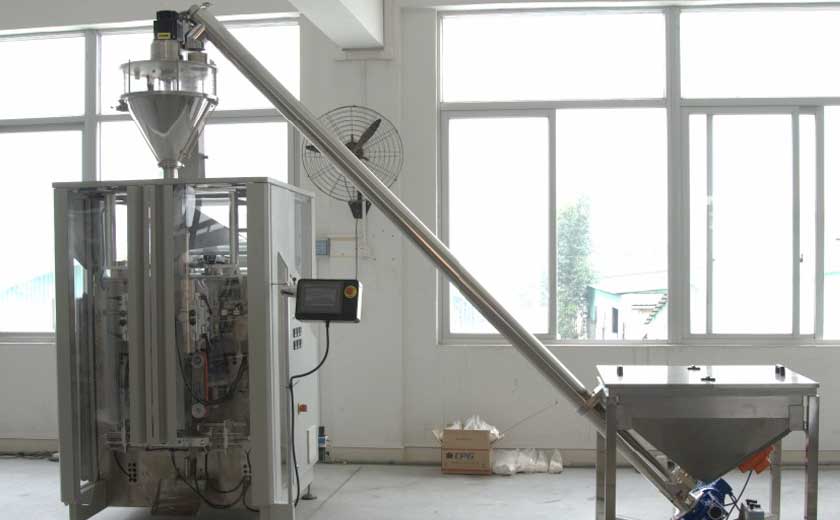Troubleshooting Common Issues with Weighing Packaging Machines
Precise weighing is crucial in packaging operations to ensure accurate product filling and compliance with industry regulations. Weighing packaging machines are complex systems that can encounter various issues, affecting their performance and accuracy. This article provides a comprehensive guide to troubleshooting common problems associated with weighing packaging machines, empowering technicians and operators to identify and resolve issues efficiently.
Mechanical Issues
Mechanical issues can hinder the proper functioning of weighing systems. These issues can arise from worn or damaged parts, improper alignment, or inadequate lubrication.
Worn or Damaged Parts: Over time, mechanical components such as belts, gears, and bearings can wear out or become damaged. This wear can lead to inaccuracies in weighing, as the machine may not be able to move or hold items correctly.
Improper Alignment: The mechanical components of a weighing machine must be aligned precisely to ensure accurate measurements. Misalignment can occur during assembly or due to external factors such as vibrations or impacts.
Inadequate Lubrication: Regular lubrication is essential for the smooth operation of mechanical parts. Insufficient lubrication can increase friction, leading to premature wear and performance issues.
Electrical Issues
Electrical issues can disrupt the power supply or communication within the weighing machine. Common electrical problems include loose connections, faulty wiring, and malfunctioning sensors.
Loose Connections: Loose electrical connections can cause intermittent operation or total failure of the weighing machine. Check all electrical connections, ensuring they are secure and free of corrosion.
Faulty Wiring: Improper wiring can lead to incorrect signals being transmitted within the machine, resulting in inaccurate weighing results. Inspect the wiring harness for any breaks, shorts, or loose connections.
Malfunctioning Sensors: Weighing machines rely on sensors to measure weight and provide feedback to the control system. Faulty sensors can provide incorrect readings, affecting the accuracy of the weighing process.
Environmental Issues
Environmental factors such as temperature, humidity, and dust can impact the performance of weighing machines. These factors can cause electronic components to malfunction or mechanical components to expand or contract, affecting the accuracy of measurements.
Temperature Fluctuations: Extreme temperatures can affect the sensitivity and accuracy of load cells and other electronic components. Maintain a stable temperature within the specified operating range for the weighing machine.
High Humidity: Excessive humidity can lead to condensation on the weighing platform or electronic components, causing electrical malfunctions and inaccurate readings. Control the humidity level within the operating environment of the machine.
Dust and Debris Accumulation: Dust and debris can accumulate on the weighing platform, load cells, and other sensitive parts, interfering with accurate measurements. Regularly clean and maintain the weighing machine to remove any contaminants.
Calibration Issues
Improper calibration can significantly affect the accuracy of a weighing machine. Regular calibration is necessary to ensure that the machine is consistently providing precise measurements.
Improper Calibration Procedures: Calibration must be performed according to the manufacturer’s instructions using calibrated weights. Incorrect calibration procedures or the use of incorrect weights can lead to inaccurate results.
Calibration Drift: Over time, weighing machines can experience calibration drift due to aging of components, environmental changes, or mechanical wear. Regular calibration checks are essential to maintain accuracy.
Troubleshooting common issues with weighing packaging machines requires a systematic approach that combines technical knowledge and a clear understanding of the machine’s operation. By identifying potential mechanical, electrical, environmental, and calibration issues, technicians and operators can effectively resolve problems and ensure the accuracy and reliability of weighing processes in packaging operations. Regular maintenance, preventive measures, and ongoing training are crucial for maintaining the optimal performance of weighing machines and minimizing downtime.
-
Overview of Packaging Machine Buying Guides
08-01-2024 -
How Does a Vertical Form Fill Seal Machine Work?
30-10-2023 -
Advancements in Auger Powder Filling Technology
27-10-2023 -
A Deep Dive into Automatic Packaging Machines
26-10-2023 -
The Revolutionary Fully Automatic Potato Chips Packaging Machine
20-09-2023 -
How to choose the right packaging machine?
23-08-2023 -
Reducing Waste And Maximizing Yield With Multihead Weigher Machines
15-03-2023 -
Nuts Packaging Machine for Dry Products Perservation
26-11-2022 -
Is Automated Biscuit Packaging Machine Better Than Manual Opeartion?
25-11-2022













